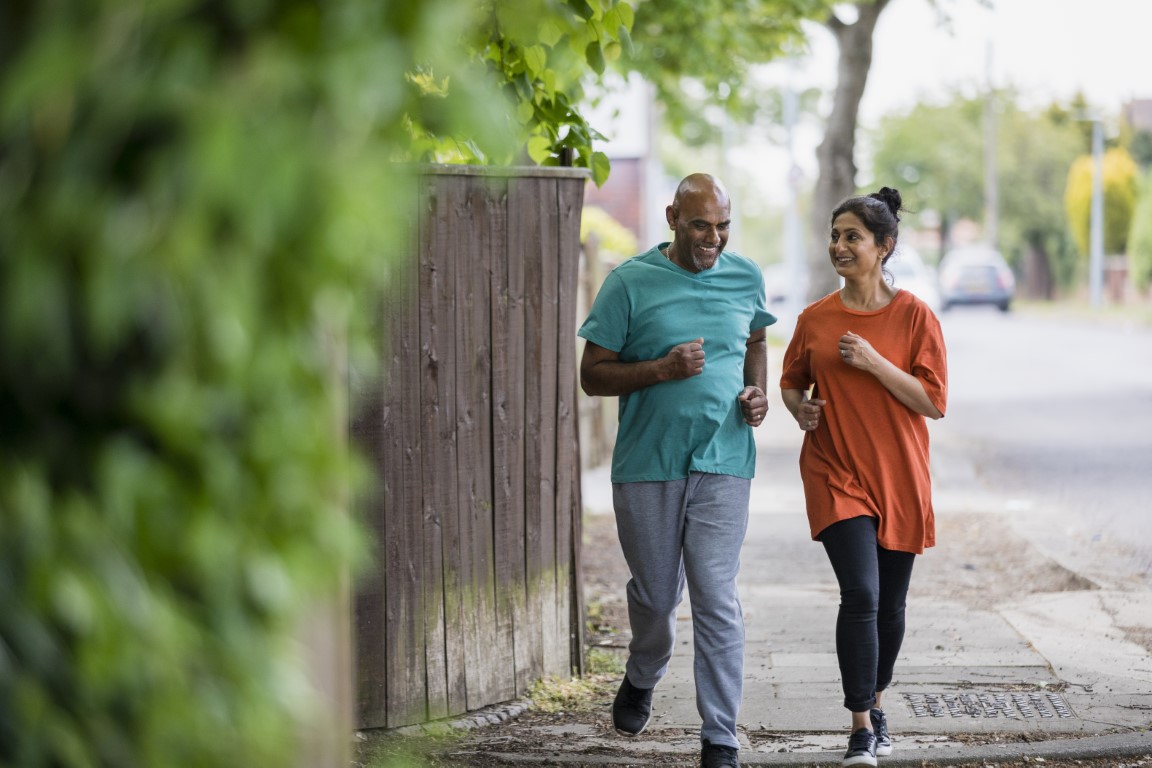Topics
In this guide, we will delve into the various aspects of C-section recovery to guide you through this crucial phase.
Recovery Time After Caesarean Section
A caesarean section, also known as C-section, is a surgical alternative to vaginal delivery (natural childbirth). The surgeon makes an incision in the mother's abdomen (which is under the effect of epidural anaesthesia) and delivers the baby through it. The abdominal cut is then sutured and bandaged.
In general, a C-section incision typically undergoes healing within 4 to 6 weeks, although recovery durations can vary among individuals. Full recovery may extend to 6 months or longer, depending on individual health factors and any complications due to the C-section surgery.
Recovery following a C-section can be more uncomfortable, a lengthier duration, and may be more challenging in comparison to a typical vaginal delivery, primarily due to the surgical intervention involving the abdominal region. Although discomfort and pain are typical in the initial days following a C-section, they typically diminish as the body heals over several weeks.
However, pain tolerance levels can differ among individuals, implying that what one person finds manageable may be distressing for another. Complications arising during or after the procedure, such as infections or excessive bleeding, can exacerbate discomfort and extend the recovery period.
C-section Operation Recovery Timeline
After a C-section surgery, you will be required to stay in the hospital for 2-3 days for post-operative monitoring. While recovery time varies from one woman to the other, here is a rough breakdown of what to expect:
|
Immediately post-delivery |
You will be transferred to a recovery room where your vital signs and the incision area are monitored. The incision will be dressed and pain management will be provided through painkillers, with dressing changes typically occurring after 24 hours. Immediate walking or bathroom use is discouraged after surgery. A catheter may be used initially for bladder drainage, which will be removed once you are able to walk, usually within 12 to 18 hours after the procedure. Once your condition stabilises, you will be transferred to a maternity room or postpartum unit, where you will receive instructions on postpartum and wound care. |
|
First 24 hours |
The first 24 hours following a C-section pose similar challenges as those experienced after a vaginal birth, such as adapting to motherhood, breastfeeding, and welcoming visitors. However, C-section deliveries may come with additional significant challenges. |
|
Preventing blood clots after a C-section |
Blood clot formation, which may lead to pulmonary embolism, is a severe post-C-section risk, particularly for individuals with underlying conditions like obesity or a family history of blood clots. If recommended, staying mobile and wearing compression stockings can help reduce the risk of blood clots. Early ambulation is recommended to prevent blood clots and aid healing. |
|
Cramping |
Cramping is common due to uterine contractions to restore the uterus to its pre-pregnancy size and position. These contractions may be stronger than menstrual cramps. |
|
Infection |
Surgical Site Infections (SSI) can occur if bacteria enter the incision area. Symptoms include swelling, excessive bleeding, fluid leakage, or persistent abdominal discomfort. Close monitoring of the incision site by medical professionals is crucial to prevent infections. Ensure that you follow your healthcare provider’s instructions on how to care for the incision area, especially when changing the dressing. Also, it is advisable to not wear tight-fitted clothes that could rub on the incision area because the rubbing friction can irritate the area. |
|
First shower after c-section |
Your healthcare provider will advise you on when it is safe to take your first shower post-surgery. Follow their guidance to avoid complications on the incision site. |
C-section Recovery Tips
To promote a smoother recovery, consider these essential tips:
- Rest as much as possible: Your body needs time to heal, so prioritise rest and sleep whenever you can.
- Manage pain and discomfort: Use a heating pad or warm washcloth and consider over-the-counter pain relievers to alleviate surgical site discomfort.
- Support your stomach: Use a pillow or abdominal binder to support your abdominal muscles when moving or coughing.
- Drink plenty of fluids: Staying hydrated is essential for overall recovery.
- Eat small frequent meals: Opt for nutritious, balanced meals to aid in healing. Consider confinement food options for added support.
- Ask for help: Seek assistance from friends and family. Rest and support are key to your recovery.
- Look out for signs of infection: Stay vigilant for any signs of infection around the incision site and report them promptly to your healthcare provider.
Activities to Avoid After a C-Section
Certain activities and behaviours should be avoided during your C-section recovery to prevent complications.
- Sexual intercourse: Because your body is still delicate after the C-section delivery, it is advisable to avoid sex till about 6 weeks post op. Be kind to yourself and make sure to communicate your thoughts and concerns with your spouse.
- Driving: Avoid driving until you are physically recovered, pain-free, and medication-free, usually after approximately 6 weeks. During your weekly postnatal check-up, your gynaecologist will check and recommend if you are fit to start driving.
- Bending down: Minimise bending and lifting heavy objects to prevent strain on your abdominal muscles. Remember, do not lift anything heavier than your baby.
- Exercises: Engaging in gentle exercises can aid in your recovery. Consider activities such as light walking and pelvic floor exercises. Avoid strenuous aerobic exercises. Instead, ensure you consult your healthcare provider before starting any exercise routine.
When to See Your O&G Specialist?
If you experience severe pain, signs of infection, abnormal bleeding, or any concerning symptoms during your C-section recovery, it is recommended to promptly contact your obstetrician or gynaecologist for guidance and evaluation.
Make an Appointment at Gleneagles Hospitals
Recovery from a C-section is a unique journey that requires patience, self-care, and attention to your body's signals. By following the tips and guidelines in this guide, you can navigate the recovery process with greater ease and ensure a smoother transition into the joys of motherhood.
Remember, every woman's recovery experience differs, so consult your healthcare provider for personalised advice and support.
Get in touch with us to book an appointment today to consult with our Obstetrics and Gynaecology specialists, or find out more about our Obstetrics and Gynaecology Services at your nearest Gleneagles Hospital.




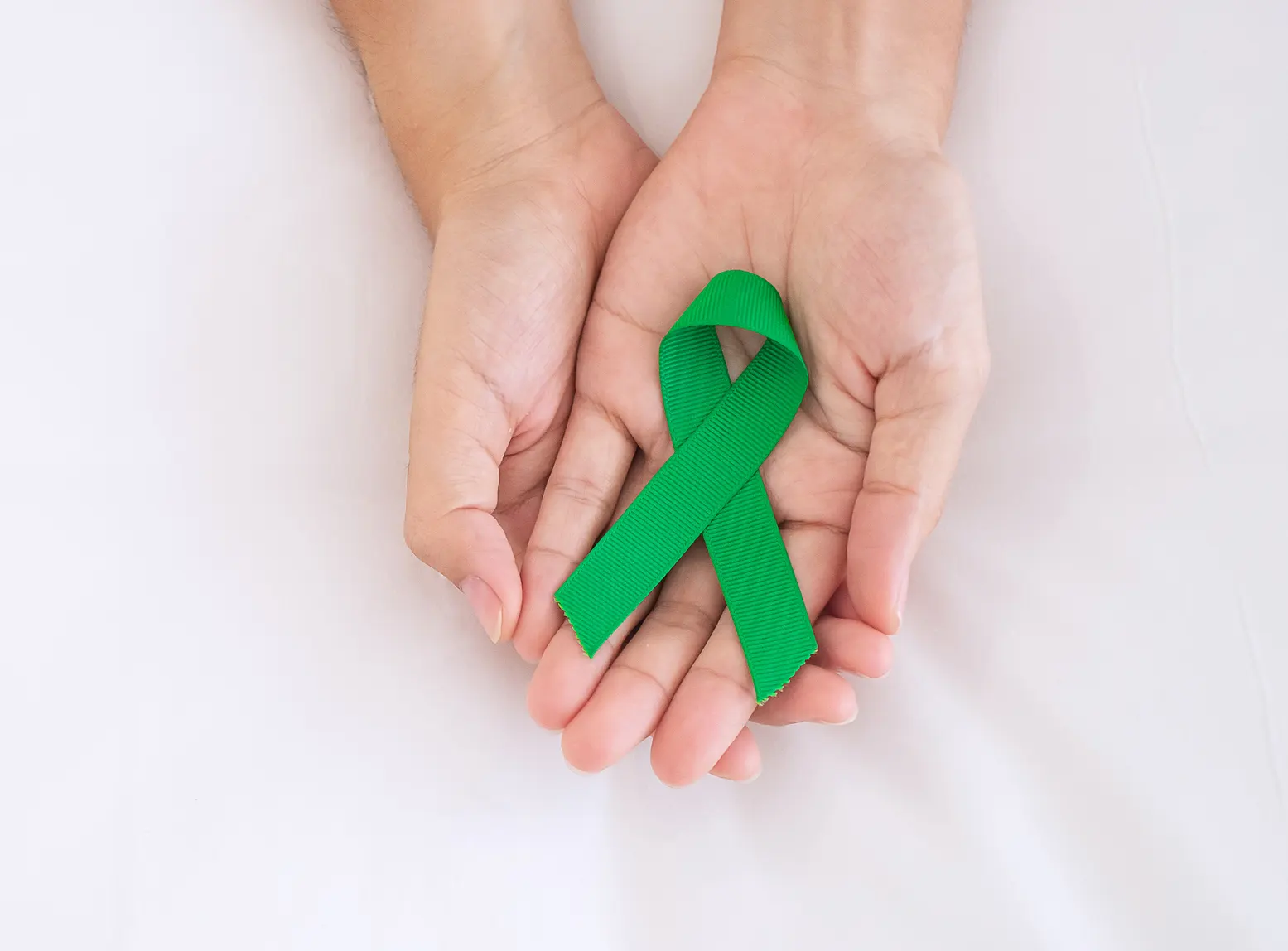







.webp?sfvrsn=a6d32366_7)





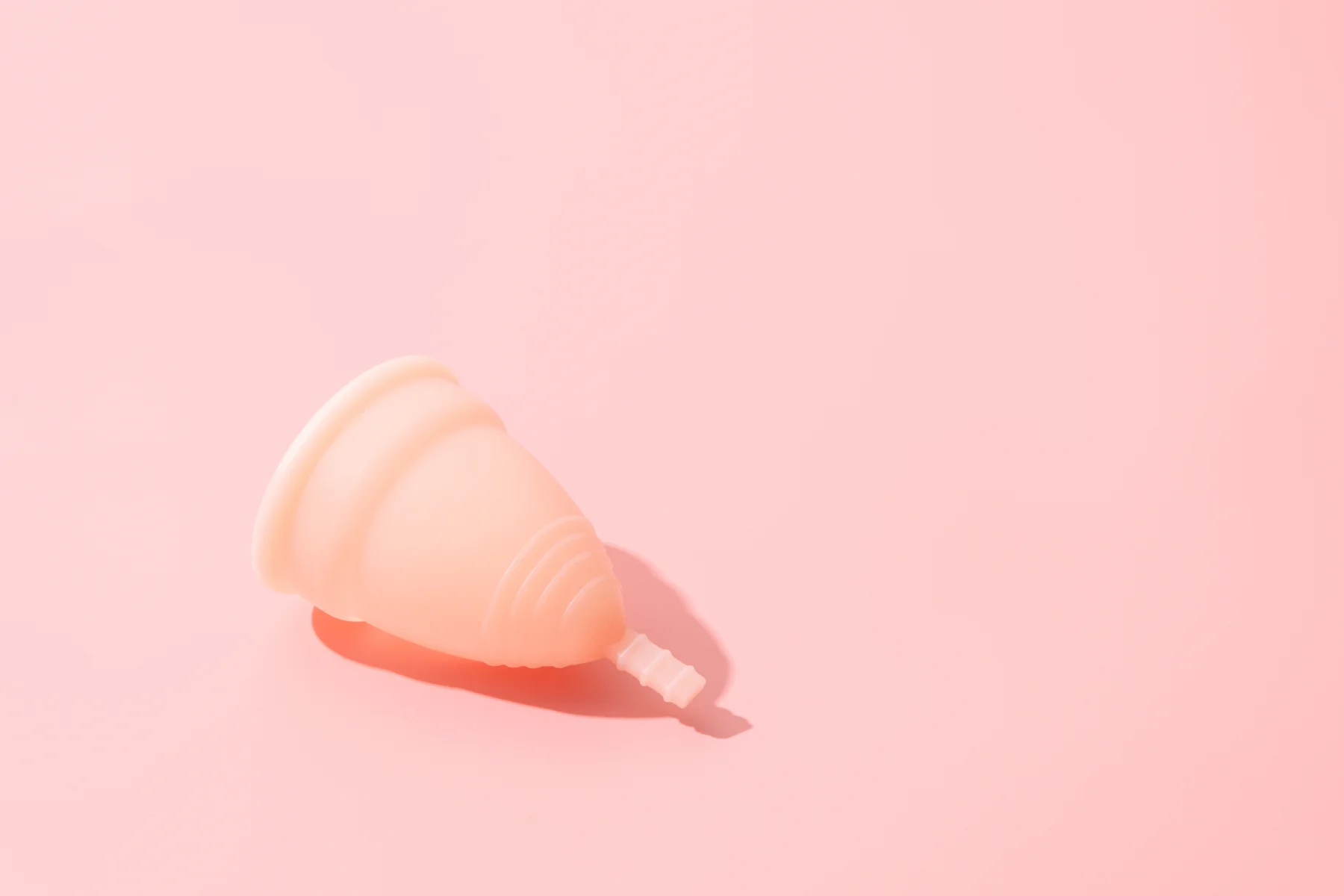



















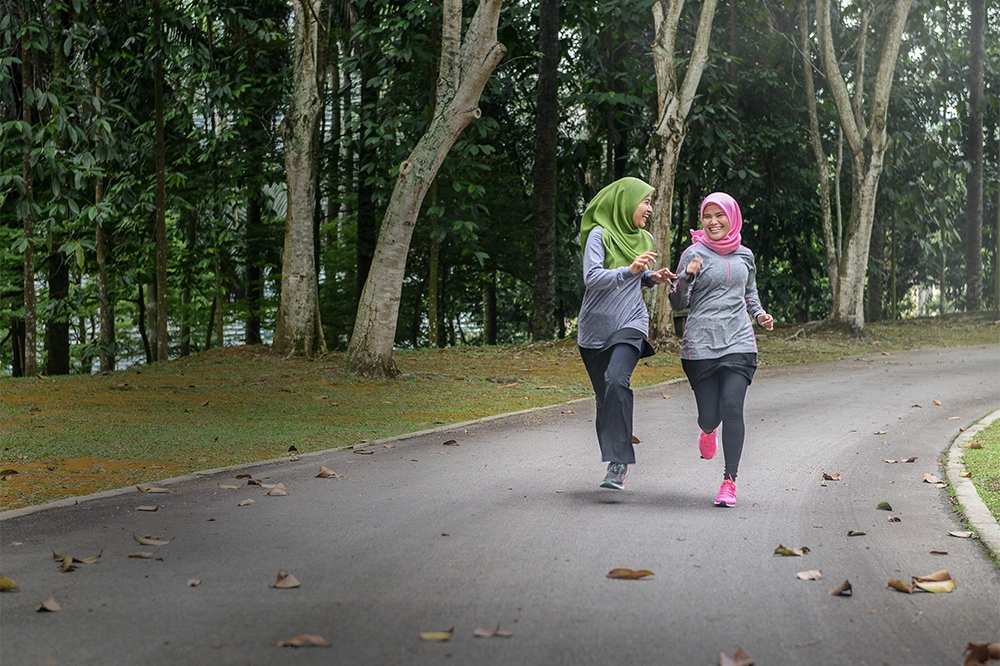














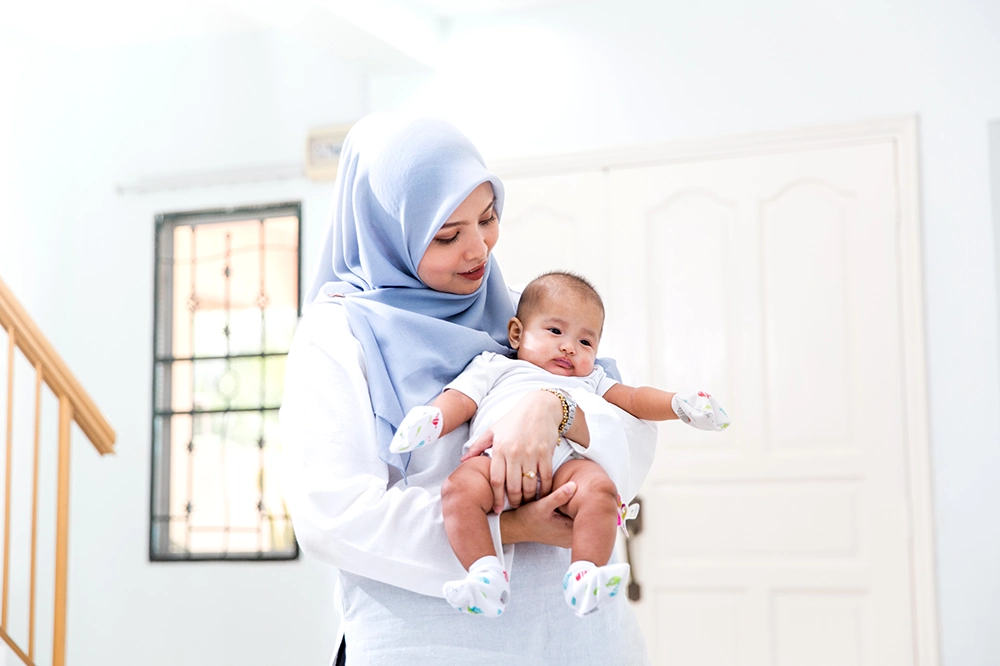
.webp?sfvrsn=91e22b26_8)


